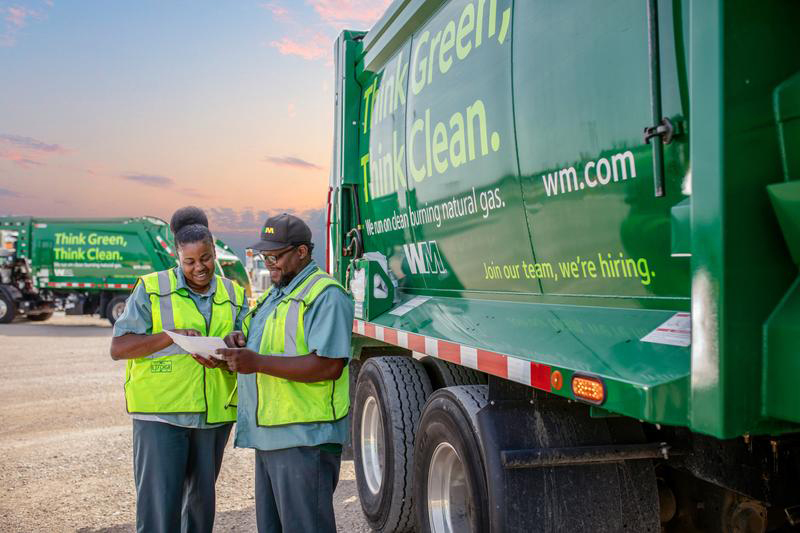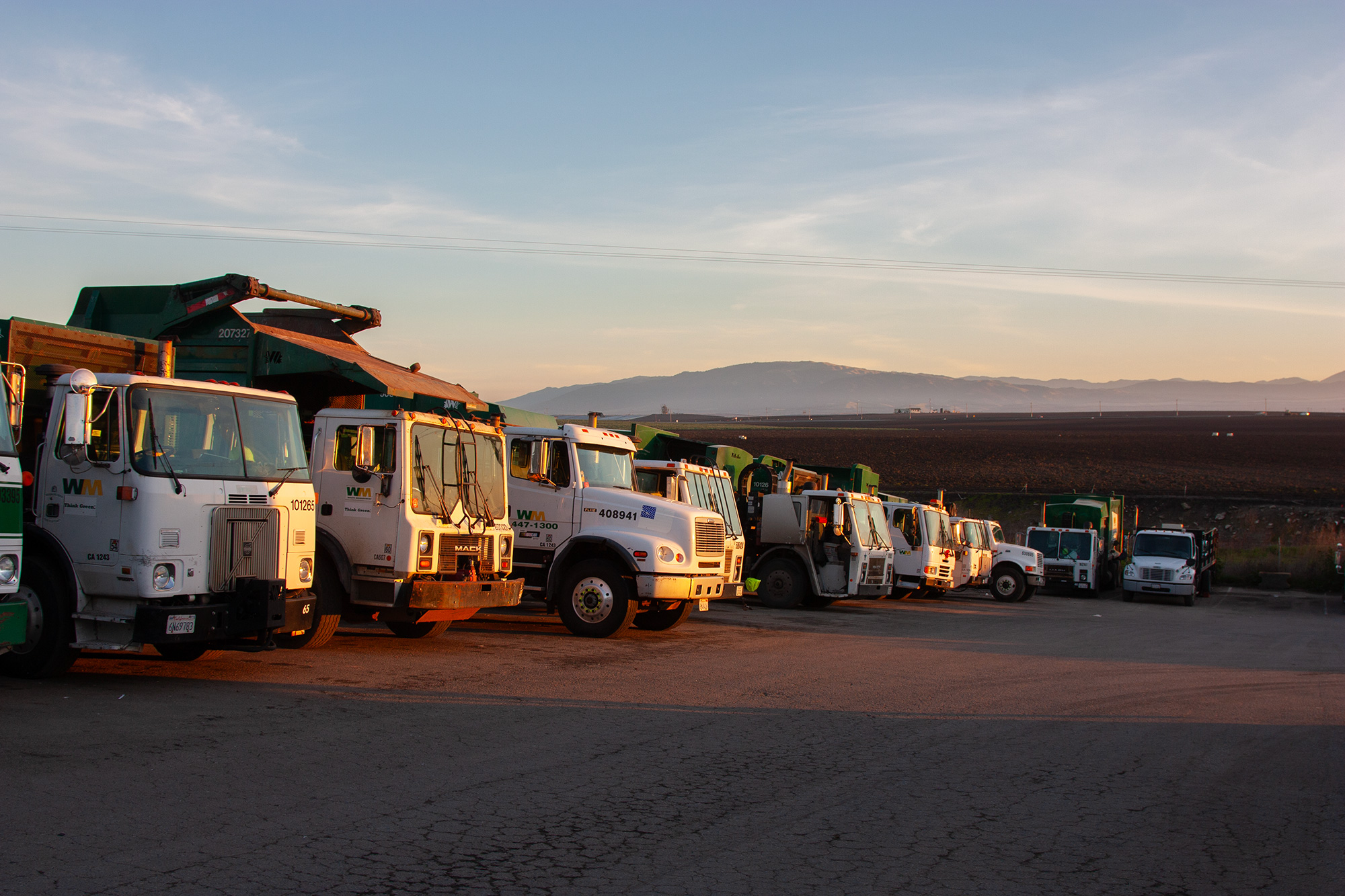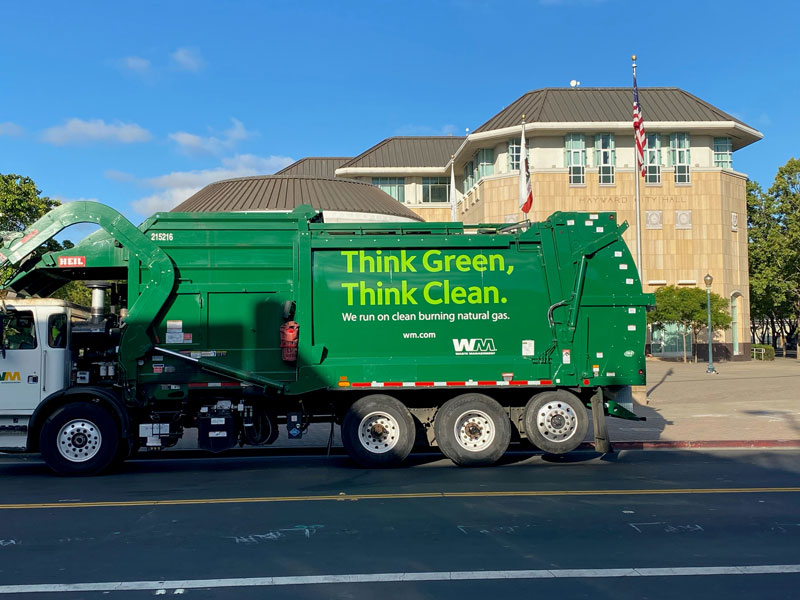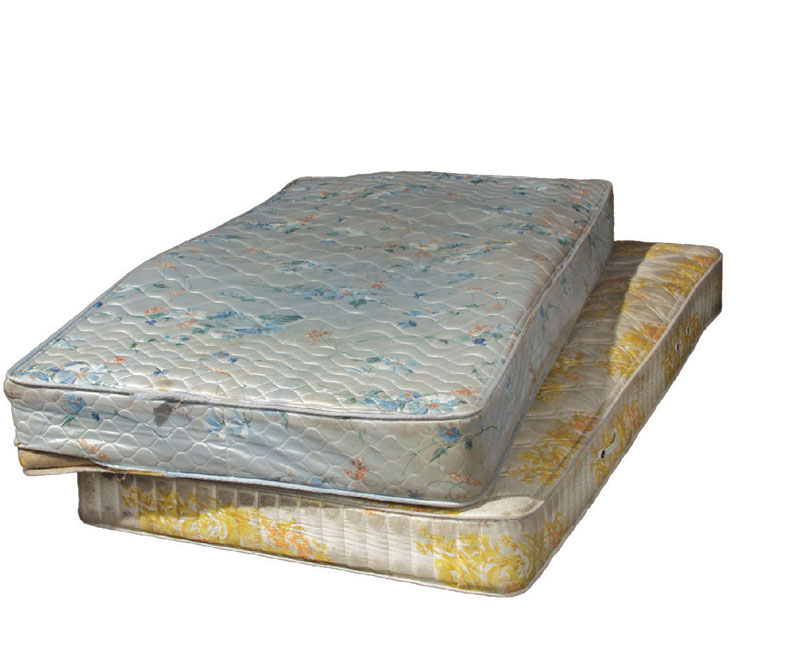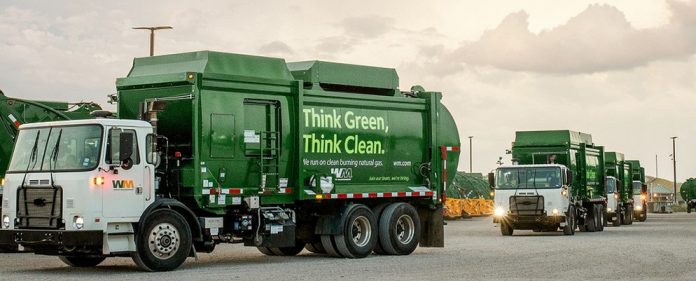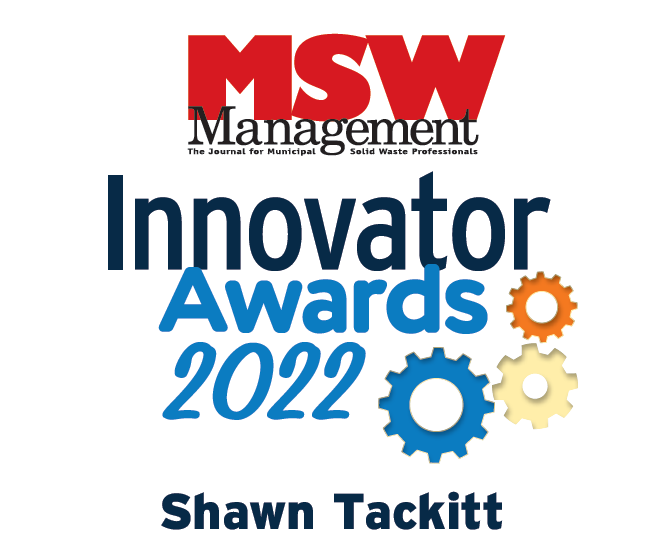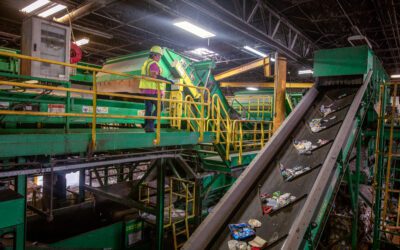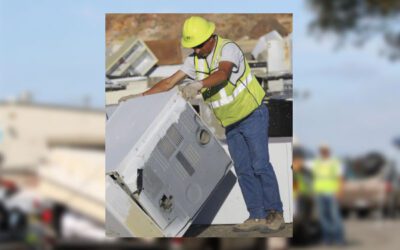Californians have been recycling for decades, but with recent laws like SB1383, the state is seeking to drastically improve recycling rates and reduce the amount of waste going into landfills. Meeting these ambitious goals is no easy feat for a state as large as California, which contains many diverse communities, from dense urban cities to fertile rural farmland, scenic mountain towns, and everything in between – each with their own unique lifestyles, livelihoods, and infrastructures. The benefits of reducing reliance on landfilling, however, facilitating resource efficiency, promoting technological and commercial innovation, and helping the transition toward more sustainable consumption patterns, culminate in a healthier, more prosperous state for all Californians.
In some North Sacramento Valley communities, like Corning, Orland, Willows, and other parts of Glenn County, recycling and green waste collection along with their garbage service may still be relatively new. So if you’re confused about what belongs in the recycling bin, trash bin, or yard trimming bin, we’ve got some useful tips to make it easy to recycle right in your community.
| Looking for information about your residential or commercial WM account services? Click here to access your WM account >> |
Recycling 101
Want to learn the basics of what is and isn’t recyclable? Make sure you know the fundamentals with this quick tutorial.
Trash Day Cart Set Up
While it may seem frivolous, how and where you place your carts on trash day makes a big difference. Improper cart placement can result in property damage, injury, or can lead to your cart being skipped over. As a general rule, place your carts at the curb, 3 feet apart from each other, and at least 2 feet from other items whenever possible.
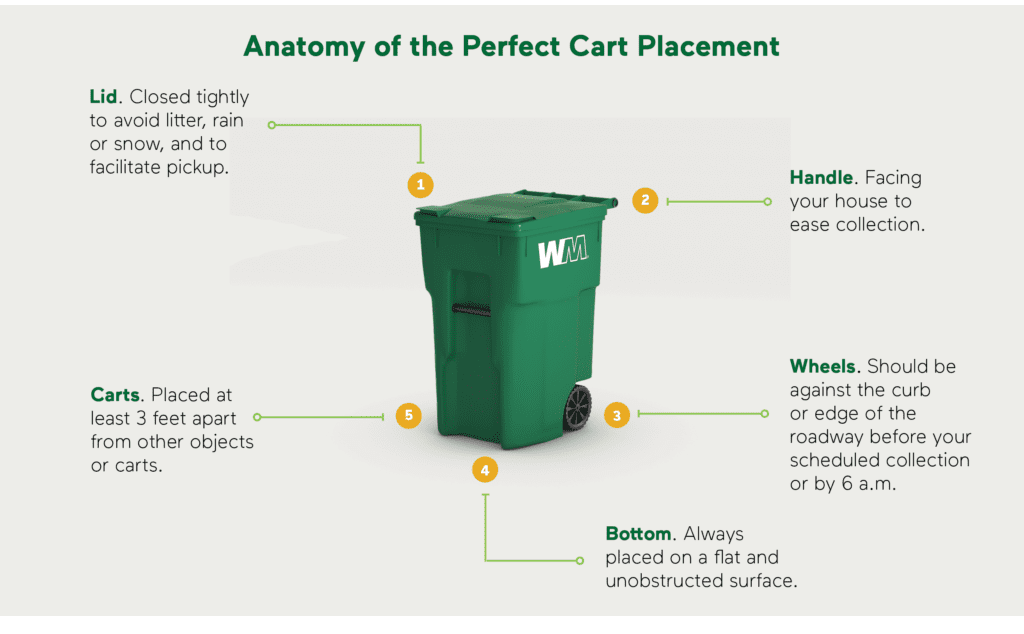
Don’t Overfill
Did you know that collections drivers are not allowed to accept bags of trash placed on top of or outside of your cart? Bins that are overfilled with trash can attract pests, create litter, and even cause fires when dumped. Keep it all in the cart, with the lid able to close tight.
Don’t Contaminate or Wishcycle
“Wishcycling” or throwing non-recyclable materials in the recycling bin in the hopes they can be recycled may seem like a harmless and well-meaning habit, but it can lead to the whole batch of recyclables being thrown out as trash. It’s important to keep trash, recyclables, and yard trimmings separated and, when in doubt – throw it out.
Plastic Bags Are NOT Recyclable
One of the most common recycling misconceptions is that all plastic items should go in the recycling bin. While this is true most of the time, thin plastic films, including your standard plastic grocery or takeout bags, pose a unique danger to recycling streams and should always be kept out. Plastic bags are too thin and flimsy for recycling sorters, wrapping around machinery, and causing the entire facility to grind to a halt while they are manually cut out.
So what should you do with plastic grocery bags? Reuse them as much as possible because otherwise, they’re just trash.
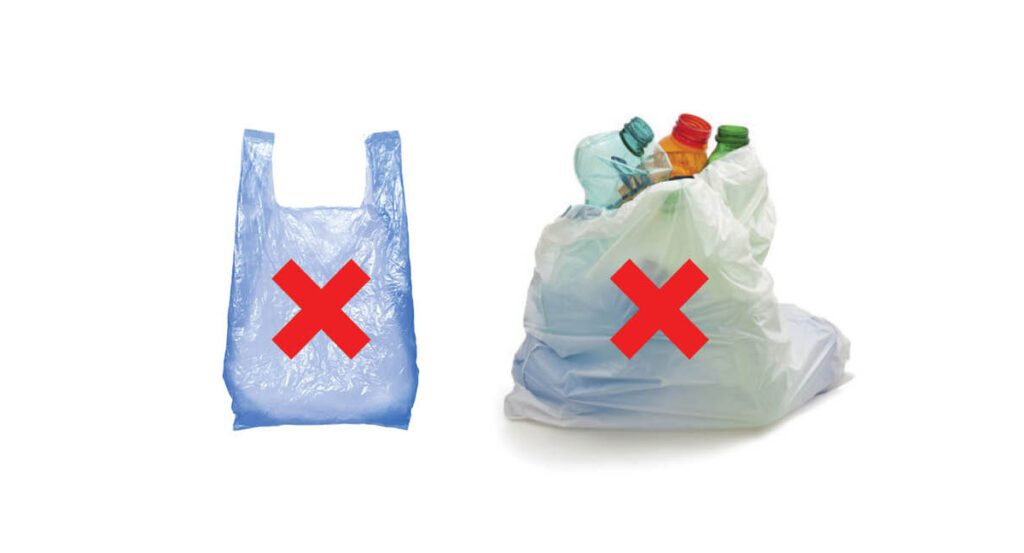
Keep Wrappable Items Out of Recycling
Tarps, sheets, and even clothing items (sometimes called “wrappables”) are often placed in recycling bins because on the surface, they seem like they should be recyclable. Not only are most of these items not recyclable, putting them in your recycling bin, similar to plastic bags, can cause damage to recycling machinery and endanger transfer station and recycling center workers. These items are better off being reused, donated, or as a last resort, thrown in the trash.
The Chasing Arrows DON’T Mean Recyclable
Many of us don’t think much about what the “chasing arrows” recycling symbol or the numbers inside them actually means. We assume it means an item is recyclable, but in fact, it simply identifies the type of plastic it’s made from. Not all types of plastic are accepted in most single-stream recycling programs, so it’s important to understand what each of those numbers mean. Learn more about what each of the numbers in the chasing arrows symbol means here.
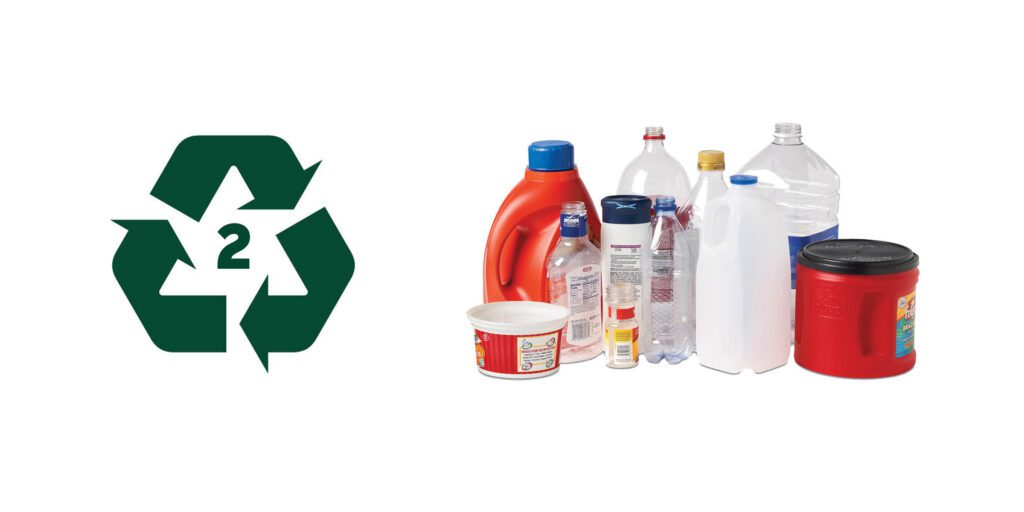
Keep The Cap On
Some old school recyclers might be surprised by this tip, but it’s no longer necessary to separate bottles from their lids. Technical advances in recycling technology means that we can take care of that for you. Still, it’s important to remember that all plastic and glass bottles should be emptied of all liquid before being placed in your recycling cart.
By recycling right in your community and finding ways to creatively reuse items, you’re not only helping to keep unneeded items out of the landfill, you’re helping your friends and neighbors at WM build a more sustainable North Valley for tomorrow.
Want to learn more about recycling education? Visit our Education page for information, resources, events, and more.

